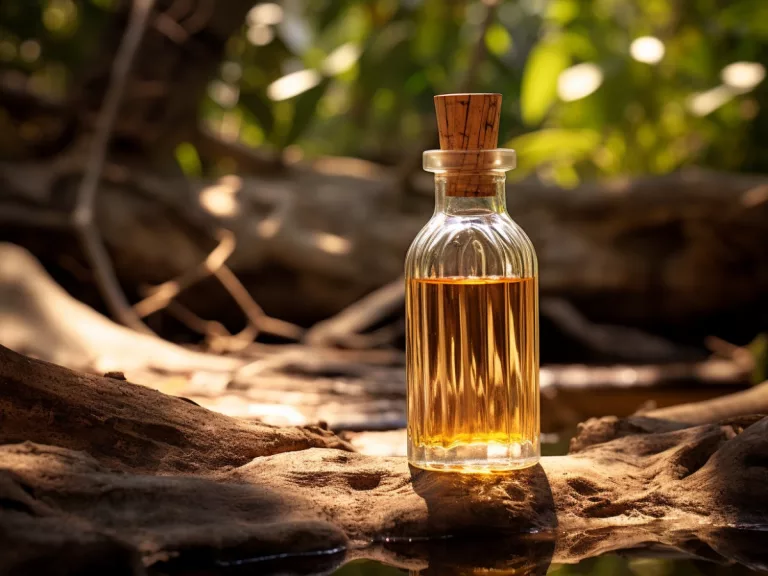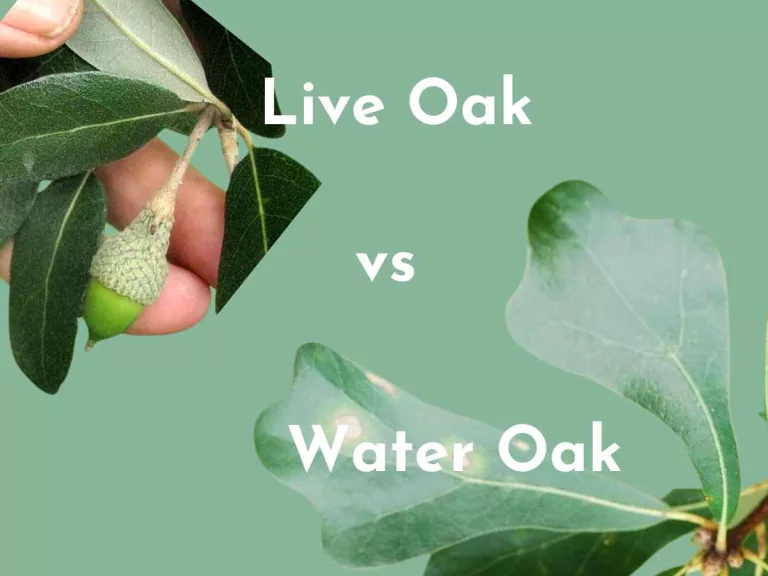Swamp White Oak vs Bur Oak: Unveiling the Strong Giants of North American Forests
Welcome to the world of “Swamp White Oak vs Bur Oak” – a journey of discovery and connection with nature’s grand sentinels. We’ll unravel the tales of these two remarkable trees. As we embark on this delightful journey, I’ll be your guide, bringing you closer to the heart and soul of these arboreal wonders.
Imagine walking through a lush forest, the leaves rustling above, as we explore the subtle yet striking differences between these two oaks. With every step, we’ll uncover the secrets they hold, from their majestic stature to their enduring presence in our natural and cultural landscapes. So, let’s take this walk together, under the canopy of the Swamp White Oak and the Bur Oak, and discover the enchanting stories they have to tell.
Differences
Physical Characteristics
| Feature | Swamp White Oak (Quercus bicolor) | Bur Oak (Quercus macrocarpa) |
|---|---|---|
| Height | 50-60 feet (can reach 80 feet)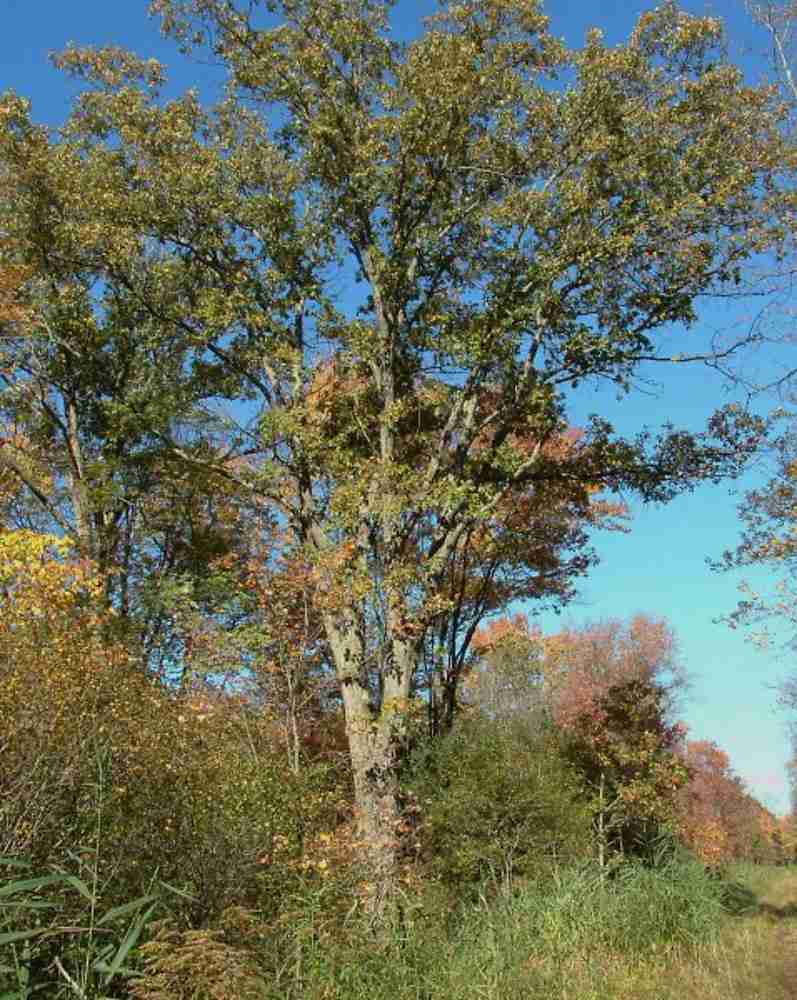 Image source: Luba Batuner | 70-80 feet (can reach over 100 feet)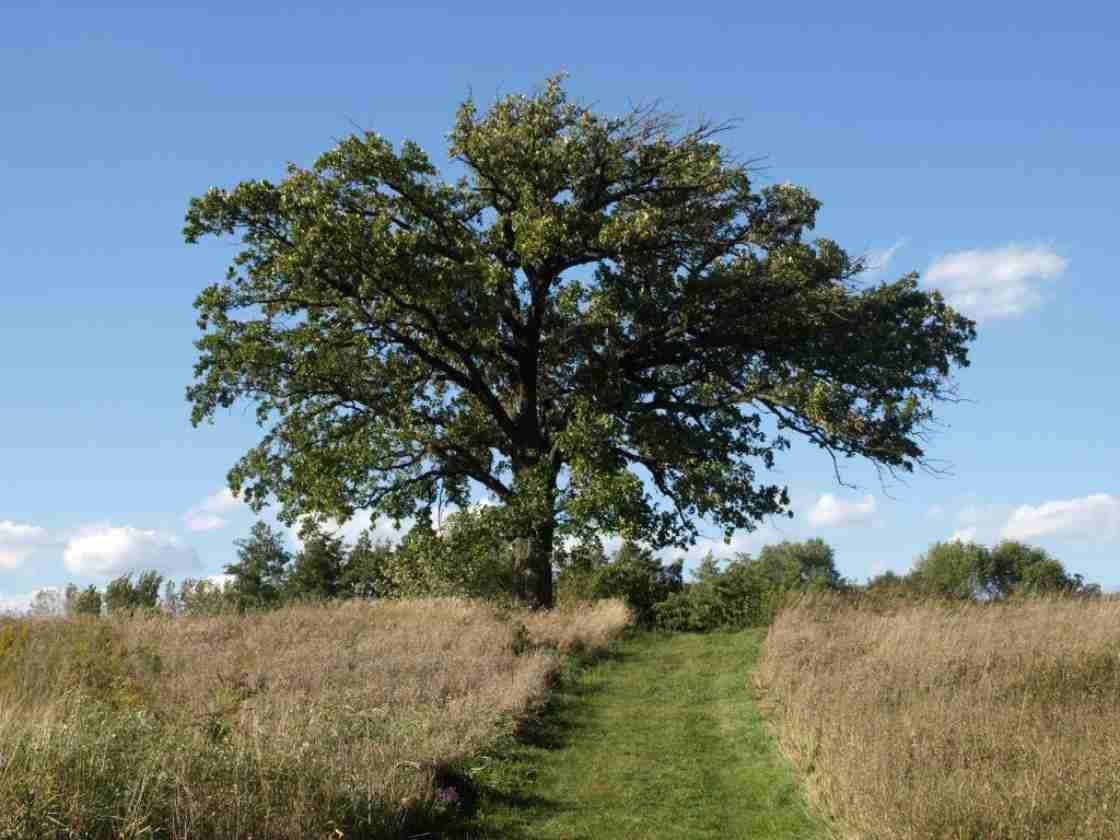 Image Source: Deborah Brown |
| Lifespan | Over 300 years | 200-300 years |
| Bark | Light gray, scaly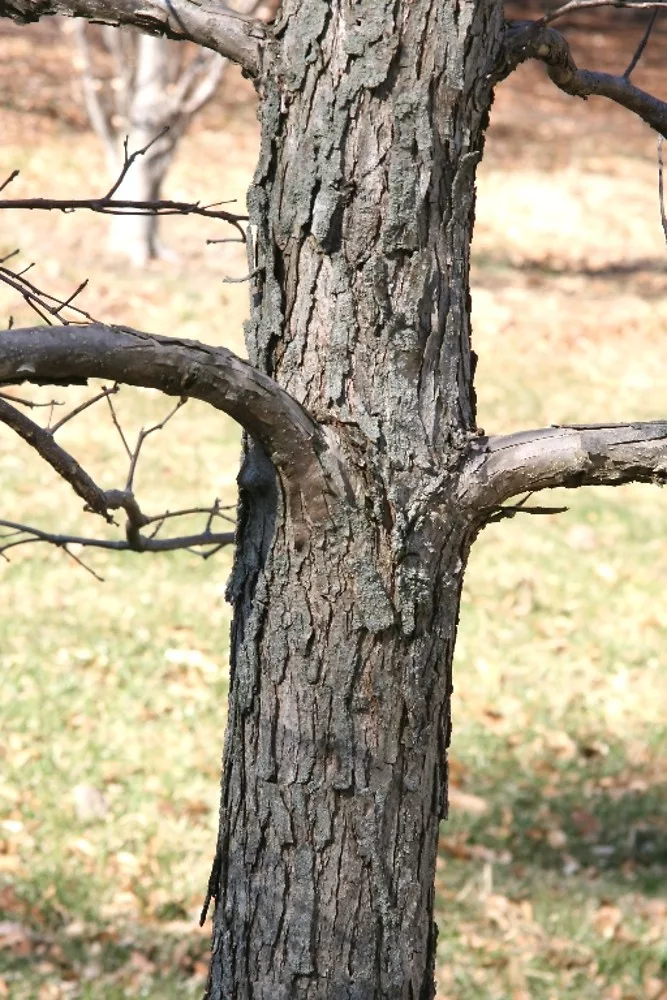 Image source: Arieh Tal | Gray to brown, deeply furrowed Image source: The Morton Arboretum |
| Leaves | Broadly obovate, 4-8 inches long Image source: Donald Cameron | Obovate, 6-12 inches long, deeply lobed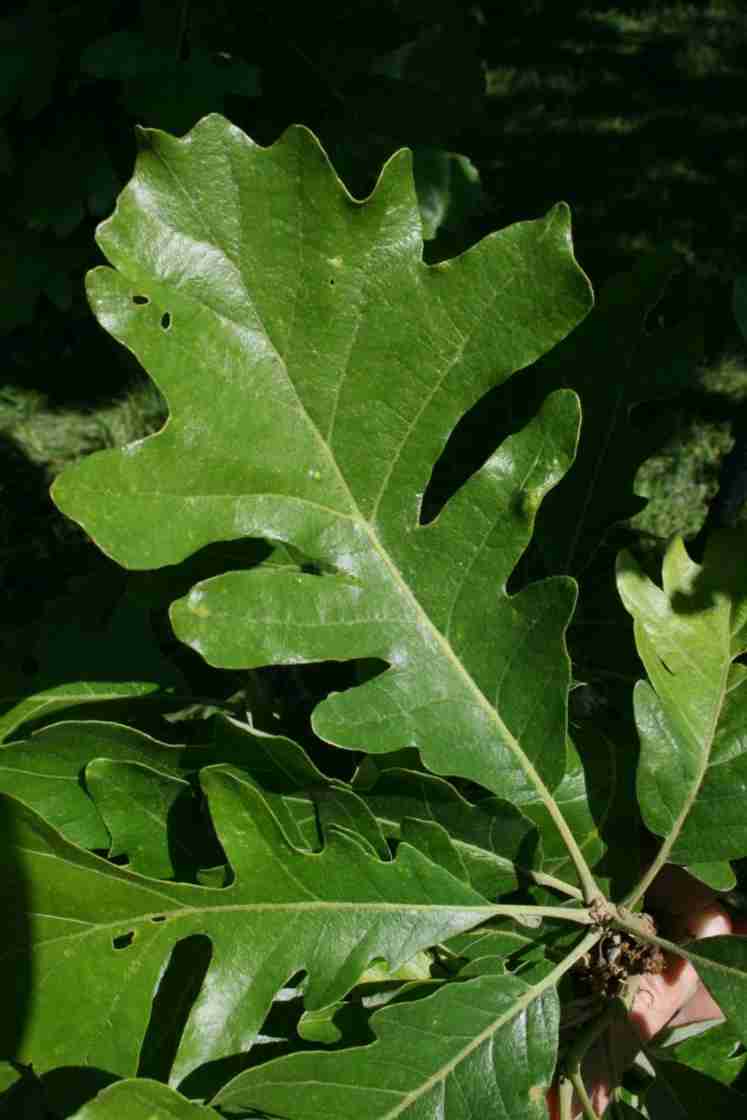 Image source: The Morton Arboretum |
| Acorn Shape and Size | Round, 0.75-1 inch long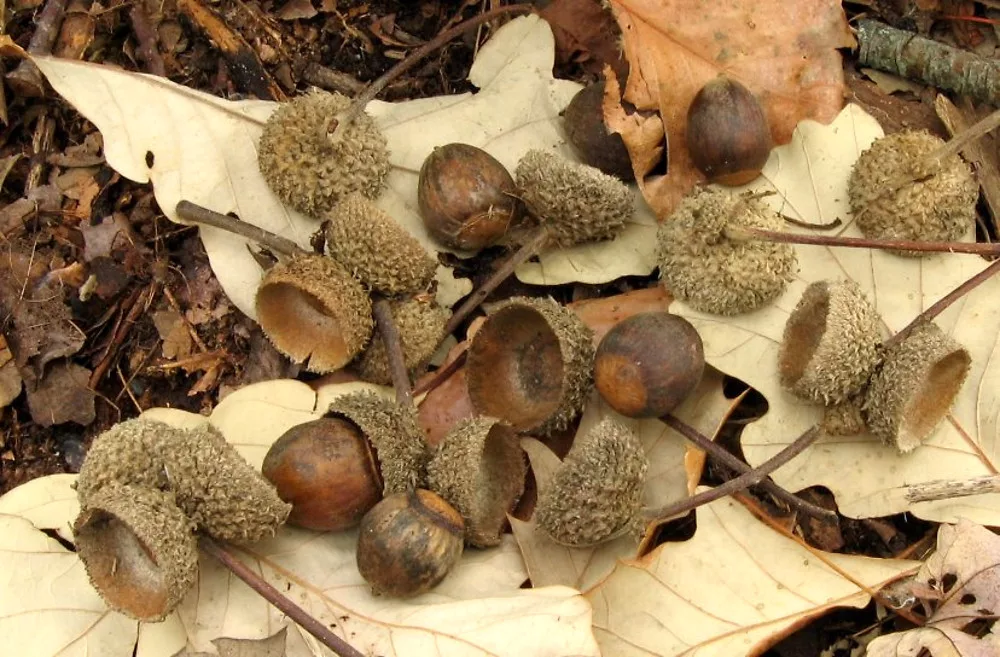 Image source: Alexey Zinovjev | Large, fringed cup, 1-2 inches long Image source: The Morton Arboretum |
| Janka Hardness Value | Around 1,510 pounds-force (lbf) | Approximately 1,060 pounds-force (lbf) |
Here is a video demonstration of the Swamp white oak’s physical characteristics.
Want to explore more about Bur oaks? Here’s a video.
Growth and Adaptation
| Feature | Swamp White Oak | Bur Oak |
|---|---|---|
| Soil Preference | Prefers wet, poorly drained soils | Adaptable, prefers dry, well-drained soils |
| Trunk and Limbs | Straight trunk, rounded crown | Massive trunk, wide-spreading branches |
| Native Regions | Eastern and Central United States | Central and Eastern North America |
Woodworker’s Perspective
| Feature | Swamp White Oak | Bur Oak |
|---|---|---|
| Wood Texture and Grain | Hard and tough, straight grain | Very hard and tough, grain varies |
| Durability | Highly durable, especially in wet conditions | Very durable and resistant to decay |
| Preferred Uses | Furniture, flooring, cabinetry | Furniture, flooring, barrels, construction |
| Cultural Significance | Valued for its timber and as a shade tree | Known for its hardiness and longevity |
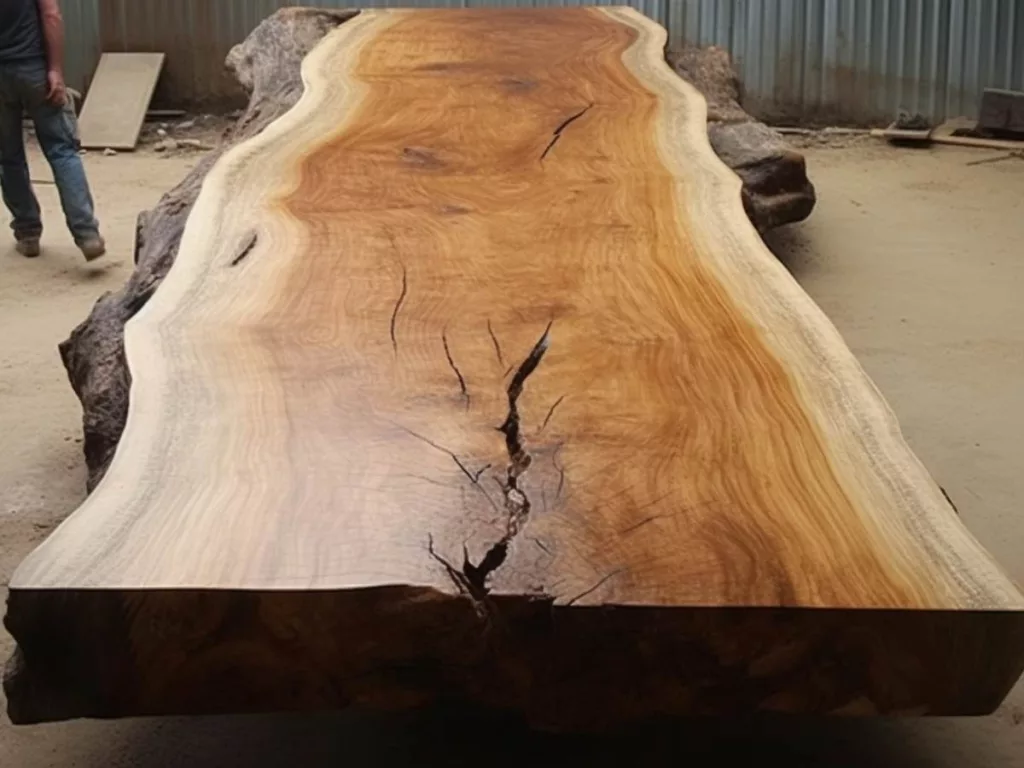
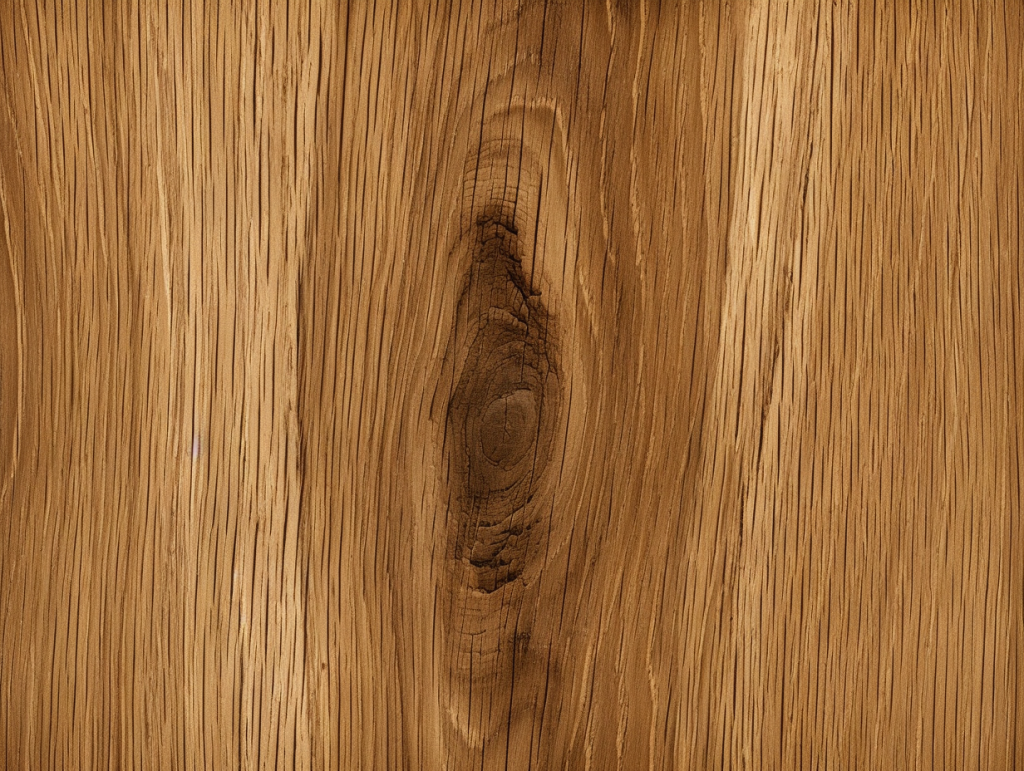
Seedling Development and Germination
| Feature | Swamp White Oak | Bur Oak |
|---|---|---|
| Germination Process | Seeds require cold stratification, germinate in spring | Seeds have deep dormancy, require cold stratification |
| Seedling Development | Seedlings are shade-tolerant, grow slowly | Seedlings are moderately shade-tolerant, grow faster than Swamp White Oak |
Here’s a brilliant presentation of planting burr oak acorns.
Wildlife Value
| Feature | Swamp White Oak | Bur Oak |
|---|---|---|
| Habitat and Food | Acorns are a food source for wildlife; supports birds and mammals | Acorns are important food for wildlife, especially squirrels and deer |
| Specific Species Support | Supports a variety of bird species | Particularly valuable for woodpeckers, jays, and small mammals |
Resistance And Adaptability
| Feature | Swamp White Oak | Bur Oak |
|---|---|---|
| Common Diseases and Pests | Susceptible to oak wilt, leaf blister, and galls | Resistant to oak wilt; susceptible to bur oak blight and leaf miners |
| Resistance Level | Moderate resistance to pests and diseases | High resistance to many pests, but specific vulnerabilities exist |
| Climate Tolerance | Tolerates wet conditions, moderately drought-tolerant | Highly drought-tolerant, adaptable to various climates |
| Adaptability | Adapts well to urban environments | Very adaptable, can thrive in a range of soil types |
Landscape Use
| Feature | Swamp White Oak | Bur Oak |
|---|---|---|
| Common Uses | Popular in wetlands restoration, urban landscaping | Used in large landscapes, parks, and as a street tree |
| Aesthetic Qualities | Attractive fall color, stately appearance | Majestic, rugged appearance with significant fall color |
Historical and Cultural Associations
| Feature | Swamp White Oak | Bur Oak |
|---|---|---|
| Historical Significance | Valued for timber historically; less cultural lore | Associated with strength and endurance; many historical and cultural references |
| Traditional Uses | Wood used for cooperage, construction | Wood used historically for construction, furniture, and fuel |
More Reads
Conclusion
In summing up, we’ve uncovered the unique strengths and roles of these North American oaks. The Swamp White Oak, with its resilience and durability, excels in wetter environments, while the adaptable Bur Oak thrives across diverse landscapes. Both species are not just ecological assets but also bearers of rich history and natural beauty. Their presence underscores the importance of preserving our natural heritage, reminding us of the intricate connections within our environment.
FAQs
What is the difference between swamp oak and burr oak?
Swamp Oak, often referring to Swamp White Oak, thrives in wet conditions and has a higher Janka hardness. Burr Oak, is adaptable to various environments and has a slightly softer wood.
What is the difference between swamp white oak leaf and bur oak leaf?
Swamp White Oak leaves are broadly obovate, 4-8 inches long, while Bur Oak leaves are larger, 6-12 inches long, and deeply lobed.
Is a swamp oak and white oak the same?
Not exactly. “Swamp Oak” usually refers to Swamp White Oak, a specific type of White Oak adapted to wet conditions, but it’s not the same as the general group of White Oaks.
What is the difference between swamp white oak and chestnut oak?
Swamp White Oak prefers wet soils and has a lighter bark, while Chestnut Oak is known for its preference for dry, rocky soils and deeply ridged, dark bark.

